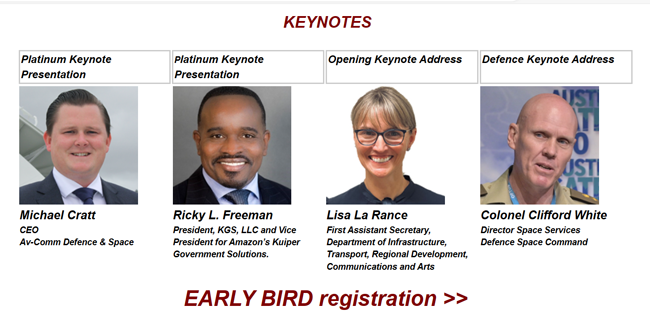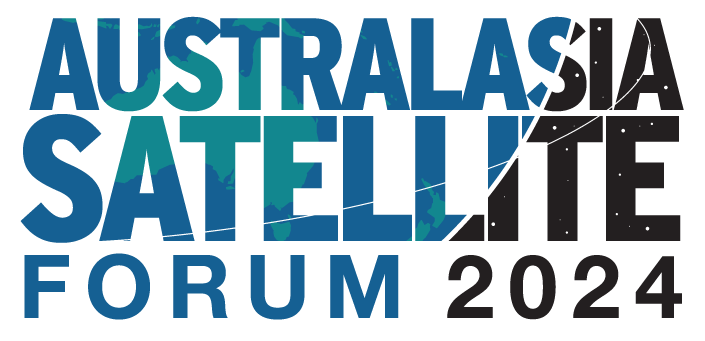|
LEOsats necessitate
‘blank sheet’ universal service rethink
The ability of LEOsat
constellations, including the commercially available
Starlink service, to deliver low-latency, high-speed
broadband to anywhere in Australia offers the
opportunity for a “blank sheet” rethink of the universal
service framework, according to Vocus head of government
and corporate affairs Luke Coleman.
He told the CommsDay Summit that
regional communications had been subject to the string
of reviews and inquiries that have urged changes to the
Universal Service Obligation arrangements. The 2008
Glasson Review, for example concluded that “all
stakeholders are dissatisϐied with them and they are
neither practical nor functional for modern
telecommunications.”
Coleman told the conference: “Fast
forward 16 years to 2024, and what’s changed? Nothing.
The USO arrangements that were neither practical nor
functional in 2008 are exactly the same in 2024.”
Coleman highlighted the “menagerie
of duplicative funding programs”,
“overlapping taxes” in the form of
the Telecoms Industry Levy that supports Telstra’s
delivery of the USO and the Regional Broadband Scheme,
which subsidises NBN Co’s non-commercial services, and
overlapping coverage.
All premises in Australia have
access to at least two broadband services and one voice
service, via NBN and Starlink, he noted. 99.5% have
access to three broadband services and two voice
services, when Telstra’s mobile network is added. Around
98.4% are reached by four providers, thanks to Optus’
mobile coverage, and the planned sharing deal with TPG
Telecom will add in a ϐifth provider.
“If we started with a blank piece
of paper, the first question you would ask is: what is
the policy problem we are trying to solve?” Coleman
said.
“Well: we want every premise in
Australia, no matter how remote, to have access to
reliable voice and high-speed broadband. Okay that is
available today. On purely commercial basis. No
subsidies required, no grants program required, no
industry levies required.
“Every single premise in Australia
no matter how remote has access to voice and high-speed
broadband via the LEO satellite provider Starlink.”
Out of the 12.3 million premises in
Australia, just 61,000 don’t have access to mobile
coverage, Coleman said, but they do have access to
Starlink and NBN Co’s Sky Muster.
“If affordability should be part of
a universal service framework, we should ask does it
need to apply to anybody outside of that 61,000
premises, given they have at least 3 competitive network
providers with a range of commercial options?” he said.
For 99.5% of premises, no universal
service framework is really required, he sug[1]gested.
“The market has delivered two commercial networks that
provide better voice and broadband than the existing USO
standard – and the taxpayer has delivered a third in the
form of NBN,” he sad.
“The policy problem we are actually
trying to solve is for just 61,000 premises that only
have one commercially available voice and broadband
service, in the form of Starlink.
“We don’t need a ‘universal’
service framework. We need a solution for those 61,000
premises that the market has failed.”
Coleman said the availability of
LEOsat services, including from the coming wave of
Starlink competitors, means that there is no
justiϐication for maintaining the copper network.
Instead the federal government could simply subsidise
Starlink services for those 61,000 premises.
“And the best part? Everybody would
have a far better service than under the USO, for a
fraction of the cost,” he said.
A modern universal service
framework would involve “a competitive market solving
the problem better than any regulation, levy, or subsidy
ever has,” complemented by a “targeted program to ensure
nobody gets left behind” in those areas of market
failure.
CLOSING THE GAP: Coleman called for
a specific program to address First Nations Communities
and help achieve Target 17: A digital inclusion goal
with a target date of 2026. He noted that in many remote
Indigenous communities living arrangements are
signiϐicantly different to elsewhere, with the “very
concept of a ‘premise’” being “incompatible with the
communal living arrangements typically seen on Country.”
He welcomed NBN Co’s rollout of 111
free communal wi-fi networks, which he said was a good
start but called for the federal government to take it
“the next level” by accepting a recommendation of the
First Nations Digital Inclusion Advisory Group and
trialling LEO services in those communities.
Access can be solved through mesh
wi-ϐi networks with Starlink backhauls, paired with a
central management portal controlled by community
leaders. Voice can be de[1]livered
using wi-ϐi calling, he said.
The issue of Indigenous digital
inclusion cannot be solved by the market, and the
community wi-ϐi networks should be free and entirely
government-subsidised, he told the conference.
Eventually the management portal
could potentially offer premium non-free servvices he
said, but everyone should have access to a basic level
of connectivity.
The issue of digital ability would
require a partnership with community organisations with
a local presence, he said.
“For the ϐirst time in history,
technology is no longer the roadblock to delivering
modern connectivity to Aboriginal and Torres Strait
Islander communities,” Coleman said. “The opportunity to
meet Target 17 and Close the Gap is within reach. It’s
no longer a question of how we do it. It’s only a
question of will we.”
Rohan Pearce, CommsDay
Australasia Satellite
Forum 2024
Contact: kfrench@talksatellite.com


Fullerton Hotel, Sydney
3-4 June 2024
TWO FULL DAYS - Where Satellite Leaders Speak!
Over 50 Top Quality Speakers
EarlyBird Registration >>>

Fullerton Hotel, Sydney
3 & 4 June 2024
SAVE
THE DATE
|
.png)